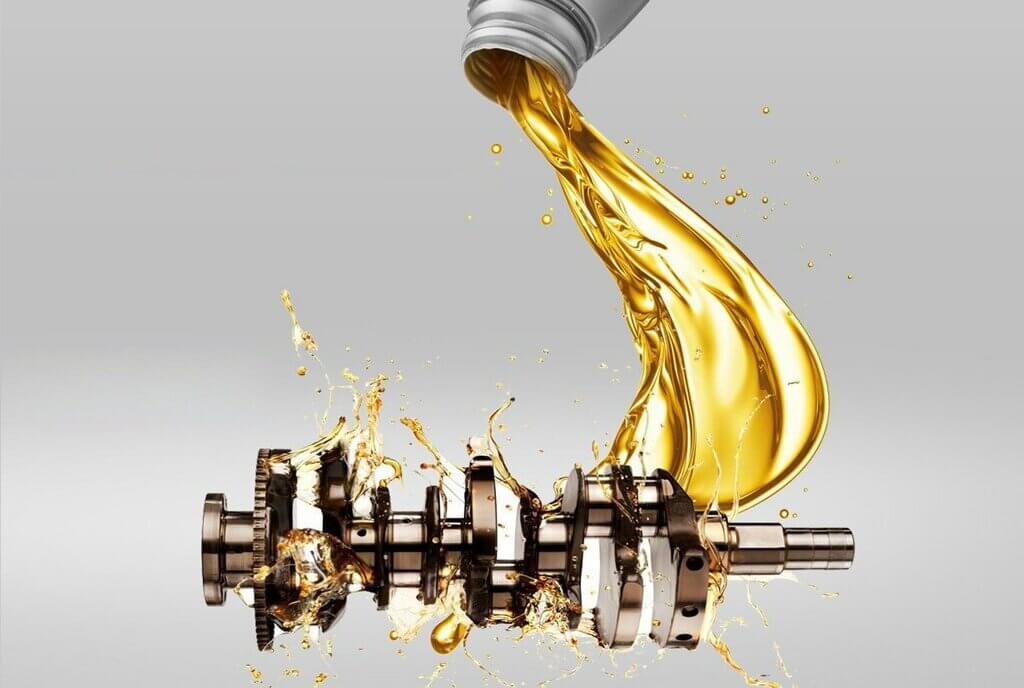How to change the oil and filters in the car correctly: step-by-step instructions
Engine oil is a special compound designed to lubricate engine parts. It is necessary for the proper operation of the car, as it performs several important functions:
- reduces friction and wear of engine parts, thereby extending its service life;
- cools the engine, removing heat from heated parts and thus ensures a stable operating temperature;
- Helps maintain a seal between the piston and cylinder walls, reducing loss of compression;
- Remove deposits and contaminants from the engine, keeping internal parts clean.

Choosing the right oil depends on the type of engine, its characteristics, climatic conditions and recommendations of the car manufacturer. Usually, in the user’s manual or on the oil filler cap, you can find tips on using a specific type and viscosity of oil.
An important part of the lubrication system of the car’s internal engine is the oil filter. Its main function is to trap particles that contaminate the oil before it passes through the motor. The filter helps to keep the oil clean, which in turn contributes to more efficient engine operation. Here are a few features of oil filters:
- contain special materials designed to trap the smallest particles, such as metal fragments, carbon deposits and other contaminants;
- regular replacement of this element is important to maintain the efficiency of the entire lubrication system;
- There are several types of oil filters such as mechanical, cartridge and gasket oil filters. Each has its own advantages and disadvantages;
- Some oil filters are equipped with a gasket to prevent oil leakage;
- Using high quality oil filters is important to ensure reliable engine protection from contaminants.
When choosing an oil filter, it is important to make sure that it meets all the technical characteristics of a particular vehicle.
Step-by-step replacement instructions
The process of changing the oil and oil filter in the car can be performed independently, following a certain sequence of steps. It is important to note that the stages of work may vary depending on the make and model of the car, so it is better to familiarize yourself with the manufacturer’s recommendations before starting work.
- At the first stage, you need to prepare all the necessary materials and tools, new oil and oil filter, as well as a container for collecting used oil, a flat stand for lifting wheels and their locks.
- Then you need to lift the car and make sure the fact that it is on a flat surface. After installing the wheels, you should check that the wheels are securely locked.
- At the third stage, you need to find the oil filter and remove the drain bolt from it, after placing a special drain container under it.
- After the old one has drained oil, you should remove the oil filter using a special wrench.
- Now you can start replacing the oil filter; before installing the new part, it is better to lubricate the O-ring a little with oil;
- The new filter must be screwed on replace the old one and then you can close the drain bolt.
- The next step involves changing the engine oil. To do this, find the oil filler neck and use a funnel to add new oil to the engine.
- At the end of the work, you need to check the oil level using a special oil rod and make sure that there are no leaks of the composition.
- The car can now be lowered using a jack.
Using these tips, you can easily replace the oil and oil filter in a car of any brand.
How often do I need to replace
The frequency of oil and oil filter changes depends on factors such as the type of oil, the operating conditions of the car, its make and model. It should also be taken into account:
- intensity of operation;
- type of oil and its viscosity class;
- recommendations of the manufacturer of the lubricant mixture.
The average oil change interval can range from 8,000 to 16,000 km. We must not forget that regular oil and oil filter changes are an important part of the maintenance required to maintain reliable engine operation and extend the life of the car.
The answer to the question of whether to change the oil yourself or use the services of a car service depends on several factors, including your skills, the availability of necessary tools, the level of preparation for such work, as well as personal preferences. Here are a few advantages of self-oil change:
- saving money and time;
- control over the process;
- gaining new experience.
However, there are some disadvantages in the process of self-oil change. If you do not have sufficient skills in carrying out such work, then there is a risk of errors that can affect the performance of the car. You may also need to invest your own funds in the purchase of necessary tools and equipment.
Important information
When changing the oil, it is important to consider several additional aspects to ensure the safety and efficiency of the process. Here are some of them:
- before starting work, it is recommended to warm up the engine, as warm oil drains better;
- all manipulations are best performed in personal protective equipment;
- use the recommended type and viscosity of oil specified in the manual user;
- Select an oil filter that matches your vehicle;
- Properly dispose of used oil.

Keep records of each oil change, including mileage and materials used. This will help you monitor the regularity of maintenance and plan your next replacement.
